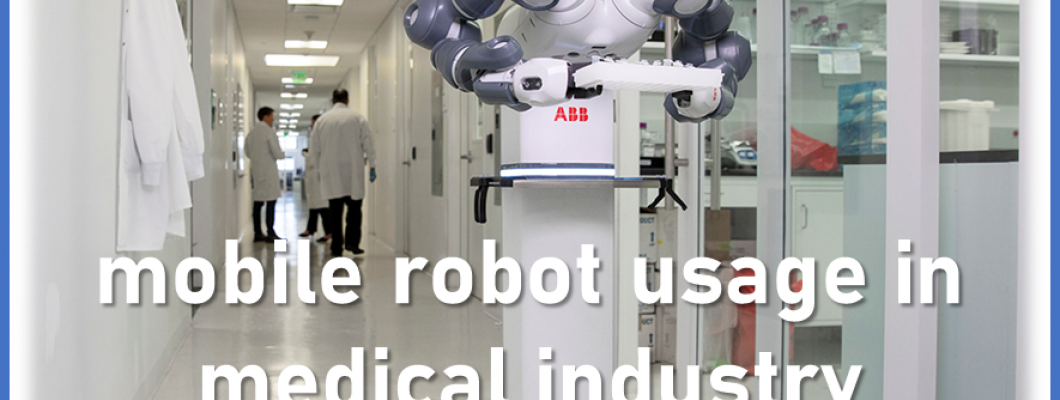
Mobile robots are increasingly being utilized in healthcare settings for various purposes, including improving patient care, enhancing operational efficiency, and reducing the workload on healthcare staff. There are some of the key areas in which mobile robots are being used in healthcare industry:
Delivery of Supplies: Mobile robots can be deployed to transport medical supplies, medications, and equipment throughout hospitals or clinics. These robots can navigate autonomously through complex environments, delivering items to different departments or patient rooms efficiently.
Patient Assistance: Robots can assist patients with tasks such as carrying belongings, navigating hospital corridors, and providing reminders for medication or appointments. This is particularly useful for patients with mobility issues or those who require additional assistance during their hospital stay.
Disinfection and Sterilization: In the wake of the COVID-19 pandemic, there has been a growing interest in using mobile robots equipped with ultraviolet (UV) light or other disinfection technologies to sanitize hospital rooms, equipment, and other high-touch surfaces. These robots can help reduce the risk of healthcare-associated infections and ensure a safe environment for patients and staff.
Remote Monitoring and Telepresence: Telepresence robots enable healthcare providers to remotely interact with patients, conduct consultations, and participate in medical rounds from a different location. This technology can be particularly valuable in situations where in-person visits are impractical or risky, such as during infectious disease outbreaks or for patients in remote locations.
Assistance in Surgery: Surgical robots, such as the da Vinci Surgical System, are widely used in minimally invasive procedures, allowing surgeons to perform precise movements with enhanced dexterity and visualization. These robots can lead to shorter recovery times, reduced post-operative pain, and improved surgical outcomes for patients.
Patient Engagement and Entertainment: Some mobile robots are designed to engage and entertain patients, providing companionship, cognitive stimulation, or recreational activities. These robots can help alleviate feelings of loneliness and boredom during hospital stays, improving the overall patient experience.
Logistics and Inventory Management: Mobile robots can streamline logistics and inventory management processes in healthcare facilities by automating tasks such as inventory tracking, stock replenishment, and asset management. This helps reduce errors, minimize waste, and optimize resource utilization.
Mobile robots have the potential to revolutionize healthcare delivery by augmenting the capabilities of healthcare professionals, enhancing patient care, and improving operational efficiency in a variety of settings, from hospitals and clinics to long-term care facilities and home healthcare environments.
Global Robot Marketplace
